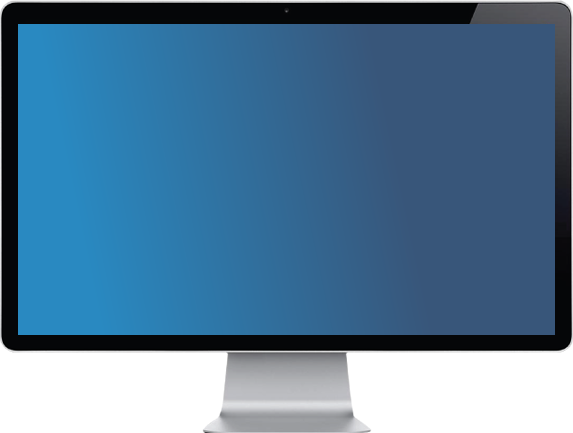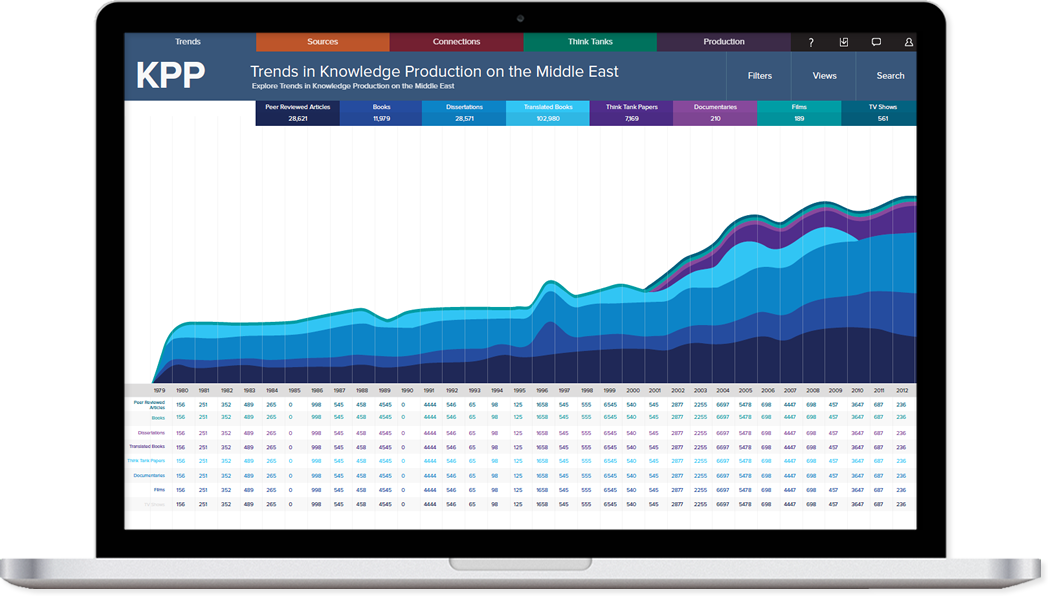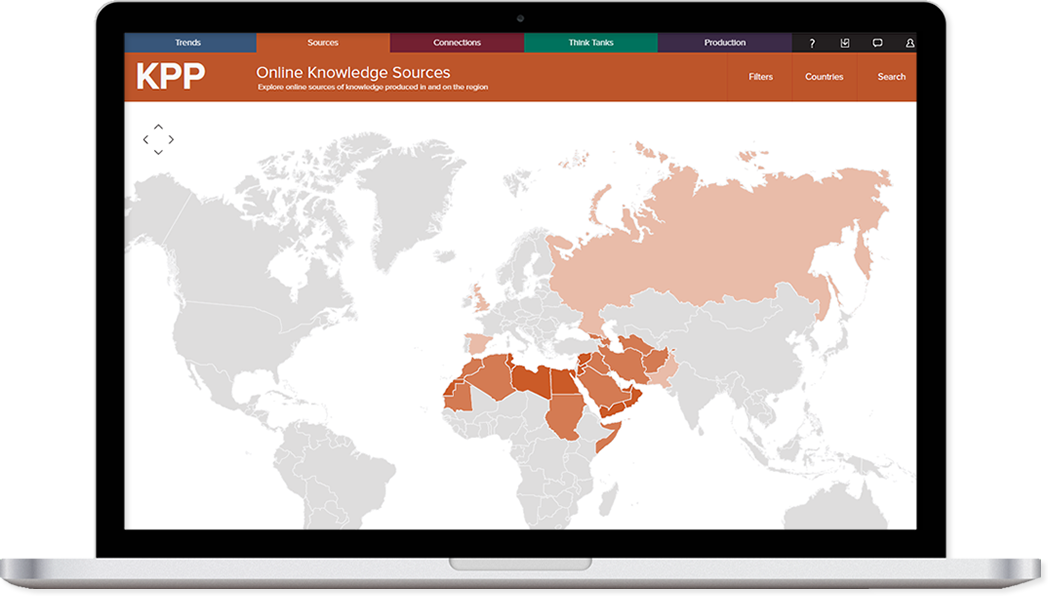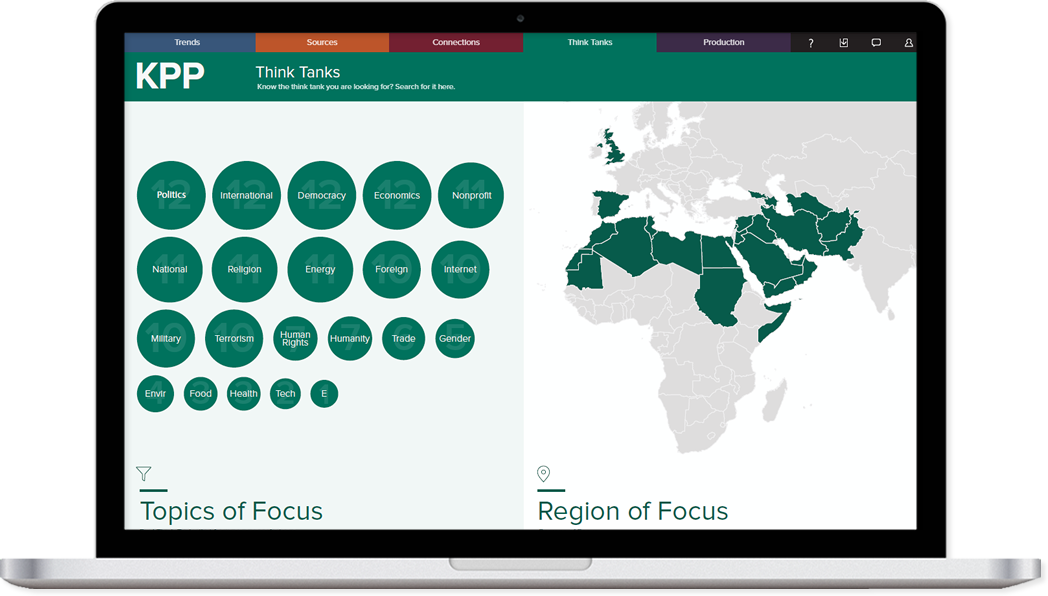Methodology
The Objective
The purpose of the Translated Books Database is to compile all books that have been translated from original Arabic into other languages from 1979 to the present. The database will then be available for analysis using a wide array of data visualizations and downloadable files. This database will demonstrate the impact translation has on knowledge of the Middle East.
The Sources
The database’s main sources are UNESCO’s Index Translationum (IT), which is self-described as “an international bibliography of translations” and the University of Rochester Three percent website which compiles an annual list of translated books in the United States. Books included in this database are those translated from Arabic from 1979 to the present. Secondary sources include publisher websites from North America and Great Britain. From these sources, the newest database with the smallest team has over 1,000 translated books cataloged for analysis.
The Logistics
This database is strongly based on UNESCO’s Index Translationum (IT) database, searching by books translated from original Arabic by year. Once a mass of books are included in the database, the team will categorize – or code – these translated works based on language of translation, region, date of publication, topic. These codes will be attached to each book entry, in addition to the book’s author, translator, publisher, and ISBN (where available). Ultimately, the books will be searchable by any of those elements.





